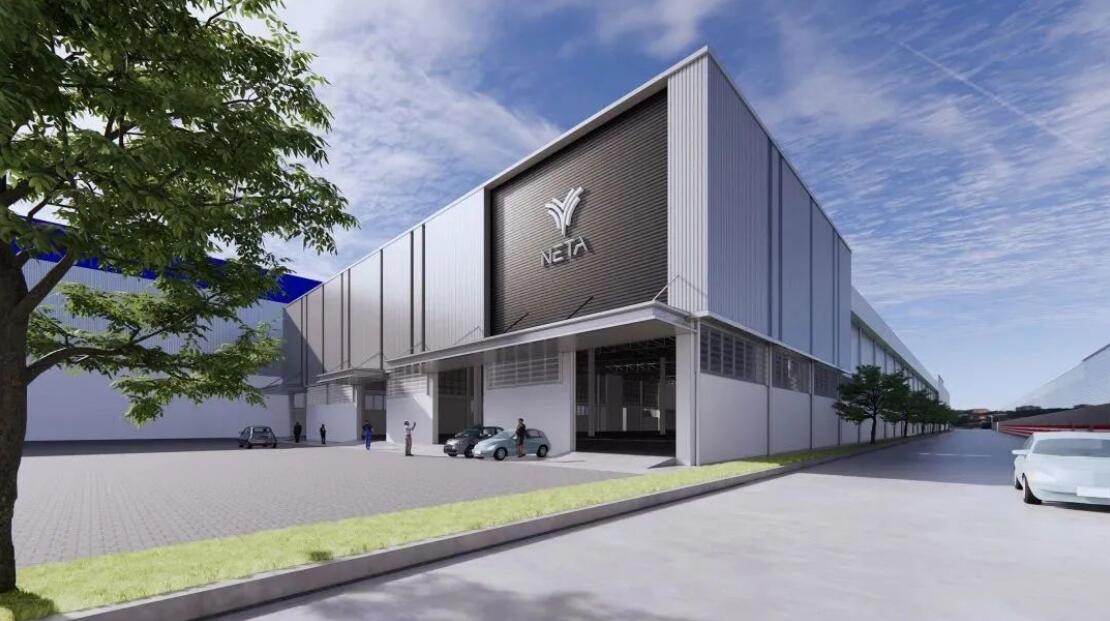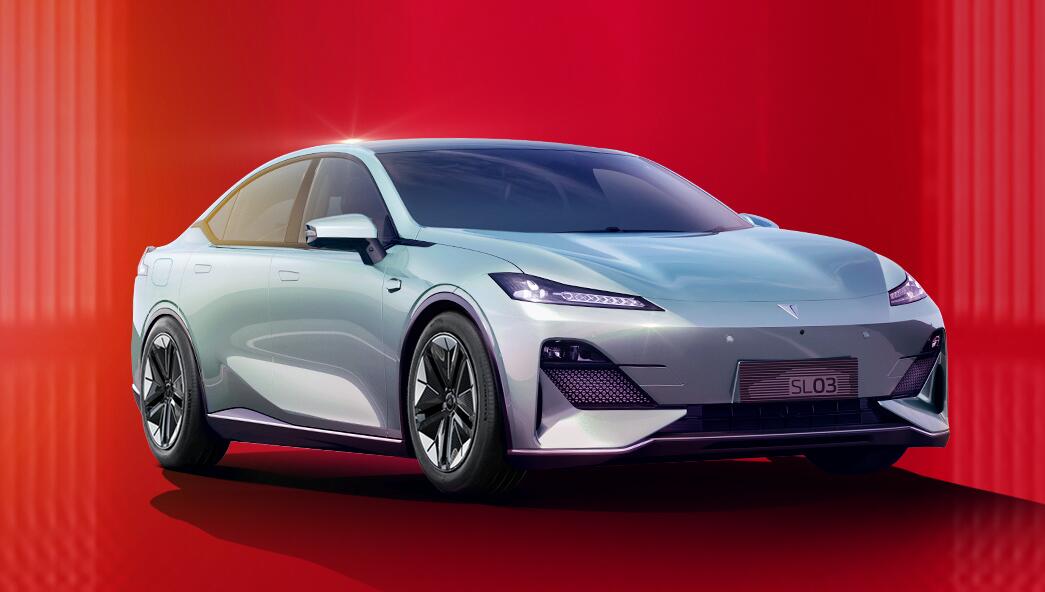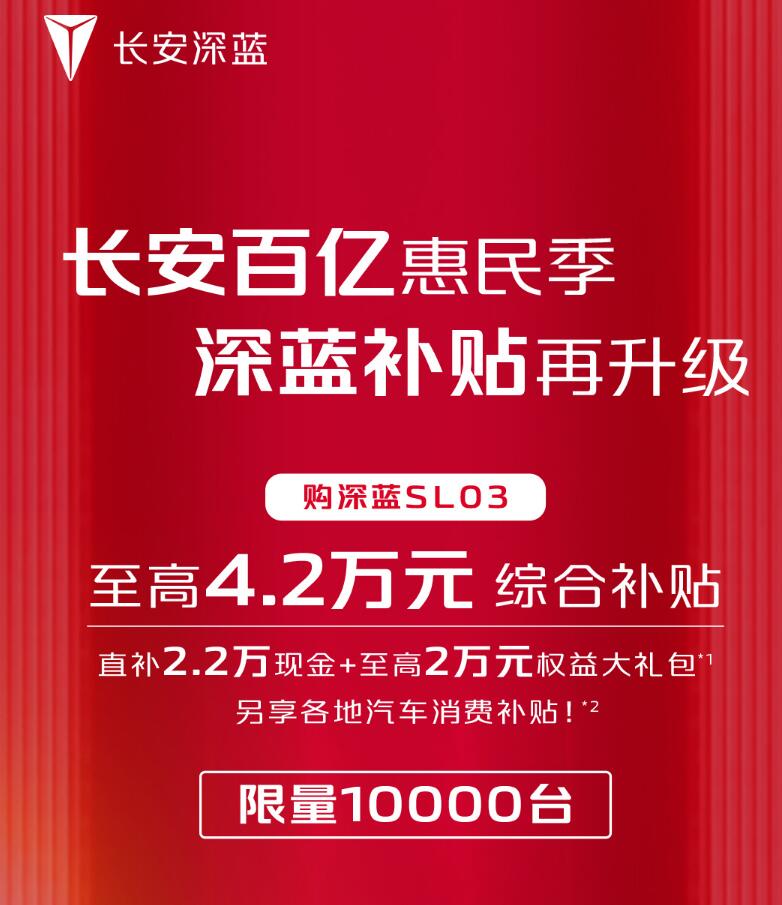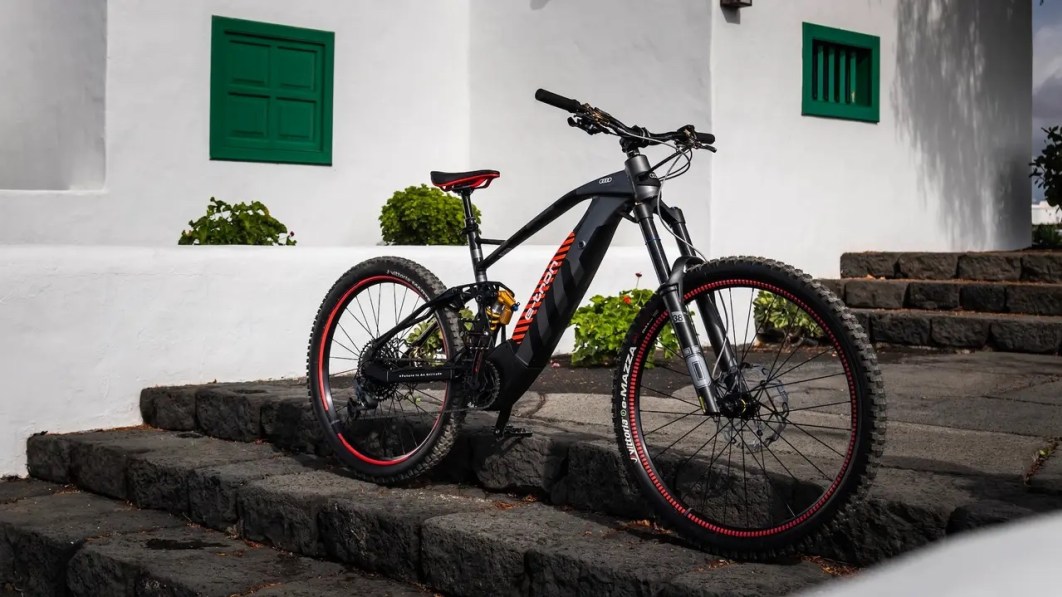Neta is building the electric vehicle assembly site with Thailand's BGAC and expects it to start production by the end of January 2024.

(Rendering of Neta's Thailand plant)
Neta, a brand owned by Chinese electric vehicle (EV) company Hozon Auto, has started construction of its first overseas factory in Thailand, having brought its vehicles to the Southeast Asian country last year.
Neta laid the groundbreaking for its plant in Bangkok, Thailand, on March 10, which will be its main manufacturing base for right-hand drive EVs for export to ASEAN, the company said today.
The plant is Neta's first overseas factory and the first in Thailand for a new Chinese carmaker.
When completed, the plant will have a capacity of 20,000 units per year and is expected to be operational by the end of January 2024, Neta said.
Neta has signed a cooperation agreement with Thailand's BGAC to jointly build the EV assembly site.

Neta plans to expand its overseas business to more regions including the Middle East and the European Union, making it a brand recognized and trusted by consumers around the world, said Zhang Yong, the company's co-founder and CEO, at a groundbreaking ceremony.
Neta is currently targeting mainly the budget EV market, with the Neta V and Neta U priced at around RMB 100,000 ($14,380) to RMB 150,000 in China.

On July 31, 2022, Neta officially launched its flagship sedan Neta S, targeting the RMB 200,000 to 300,000 market.
On August 24, 2022, Neta announced the launch of the right-hand drive version of the Neta V EV at a launch event in Thailand, as its first model to be offered there.
Neta said at the time that it already had 25 authorized dealers in Thailand, covering major Thai cities including Bangkok and those from surrounding provinces.
Neta delivered 10,073 units in February, up 41.53 percent from 7,117 units a year earlier and 67.44 percent from 6,016 units in January, according to figures the company announced on March 1.
On February 28, Neta announced that close to 100 units of the Neta U and Neta V were shipped to Jordan, the company's first exports to the Middle Eastern market.
($1 = RMB 6.9523)

The post Neta starts construction of its first overseas plant in Thailand, with planned annual capacity of 20,000 units appeared first on CnEVPost.
For more articles, please visit CnEVPost.
















